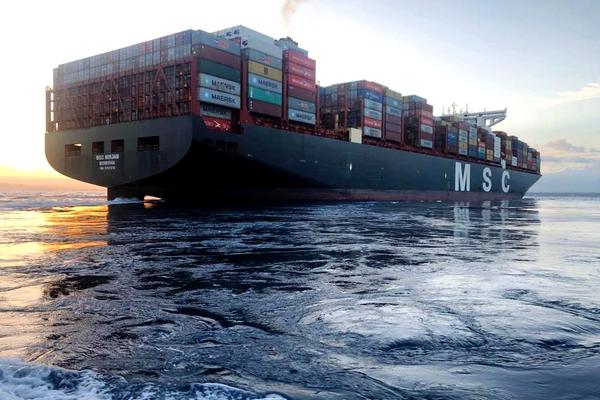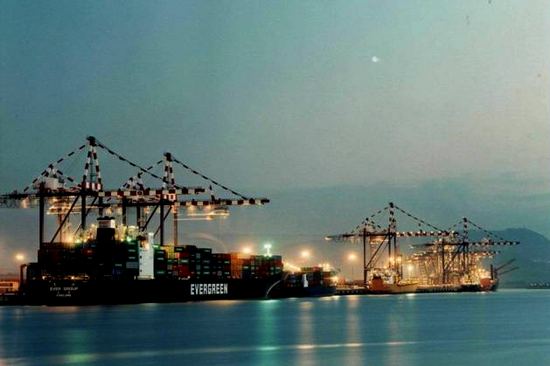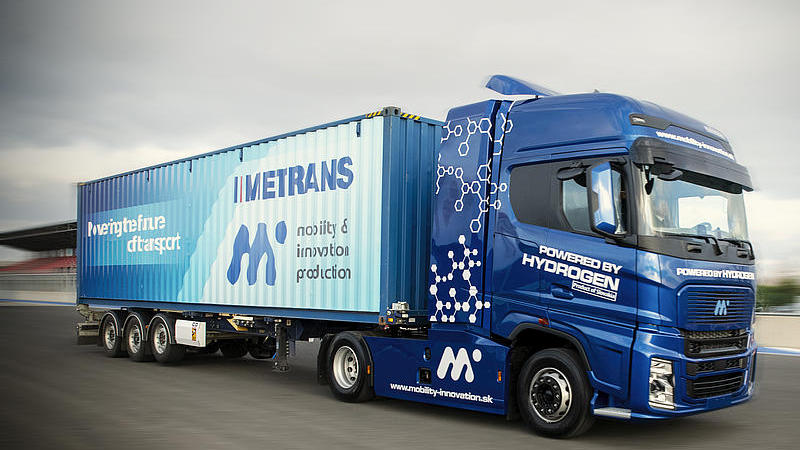In recent years, the contract logistics sector has faced an increasingly complex environment marked by uncertainty and challenges. After significant growth in 2021-2022, driven by economic expansion and increased logistics flows, third-party logistics revenue in Italy stabilized at around €115 billion in 2023, primarily due to a slowdown in economic and industrial activity. A similar situation is expected in 2024, with real growth projected at 0.7% (1.7% nominal growth), reaching a value of €117.8 billion.
These are the main findings presented at the conference "Logistics at the heart of demand transition," organized by the Contract Logistics Observatory "Gino Marchet" of the Politecnico di Milano on November 11, 2024, in Milan. Other notable trends include an increase in direct employees (+15% among major industry players) and a rise in mergers and acquisitions (36 transactions mapped between 2023 and 2024, totaling around €1 billion). Meanwhile, the number of companies in the supply chain continues to decline, with 35,000 businesses lost between 2019 and 2022, mostly among smaller firms. At the same time, major international transport operators are expanding and diversifying their services, aiming for economies of scale.
On the cost front, 2024 saw further increases in labor costs (+4.3%), rental rates (+6%), and capital costs (+19.6%), while energy prices stabilized following the 2022 peak. Labor costs remain a critical issue, influenced by national labor contract increases, secondary-level agreements, low productivity, absenteeism, and turnover.
A survey by the Observatory reveals that 65% of contracting companies now consider logistics "central," demanding greater flexibility, cost containment, improved service levels, and reduced environmental impact. These needs pose new challenges for logistics service providers, including attracting talent and transitioning towards environmental and social sustainability. Currently, 80% of contracting companies actively adopt green solutions, a sharp increase compared to a decade ago (13%). However, environmental impact measurement remains insufficient, with 77% of companies reporting low monitoring intensity. In road transport, 57% of key providers use more than three out of eleven available technologies to reduce environmental impact.
"Logistics faces major challenges ahead," said Marco Melacini, Scientific Director of the Contract Logistics Observatory. "The path towards economic, environmental, and social sustainability continues, but the sector must contend with slowing volumes, rising costs, and difficulties in sourcing labor. However, thanks to adaptability and collaboration between clients and suppliers, logistics is well-positioned to respond effectively to these challenges."
Damiano Frosi, Director of the Observatory, added, "The ongoing transition strengthens the relevance of logistics for contracting companies, which must work on costs, service levels, and environmental impact. The adoption of green solutions is increasing, and environmental impact measurement is improving, with greater worker involvement."
In the context of the transition, various technological solutions are available for road transport, including electric, hydrogen, and biofuel vehicles. HVO and bioCNG/bioLNG are among the most widely used solutions. The logistics sector also plays a key role in the circular economy, managing complex processes related to resource reuse and recycling: "In the circular economy, logistics is not just about transportation, but about managing a complex process that requires advanced planning capabilities," said Elena Tappia, Director of the Contract Logistics Observatory.
To enhance the attractiveness of the sector, logistics service providers are focusing on social sustainability initiatives and worker well-being. The measurement of social sustainability is on the rise, and 40% of major players have published sustainability reports over the past year, following structured approaches based on international standards.































































